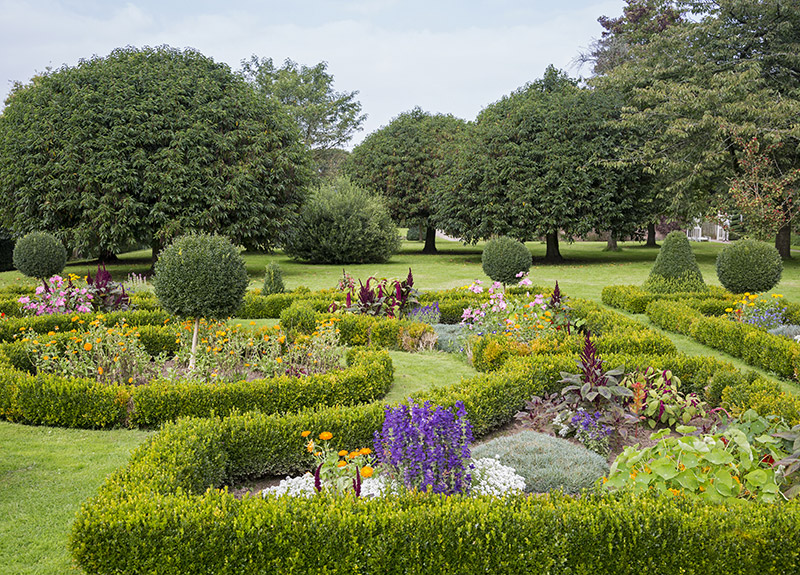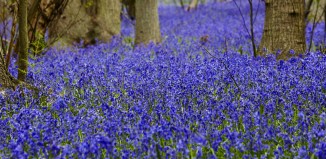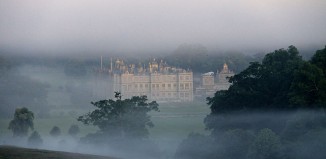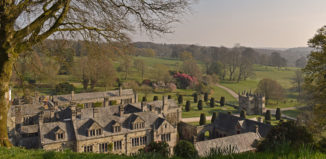In pictures: English gardens through the ages
England’s gardens aren’t just horticultural wonders. Here, Diana Wright speeds through 1,000 years of garden history to find out what they tell us about our changing fashions and interests
Tudor life
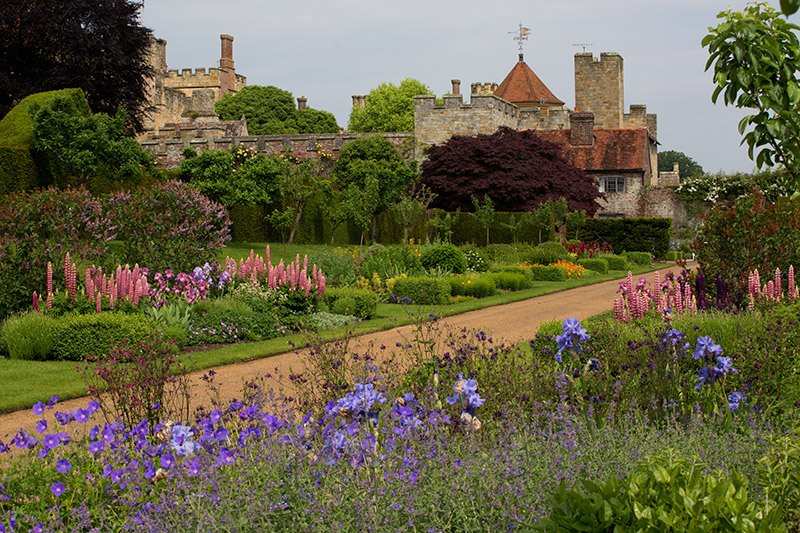
Tudor movers and shakers had cash to splash and were keen to demonstrate their good taste including the latest Italian Renaissance ideas as in the gardens at Penshurst Place.
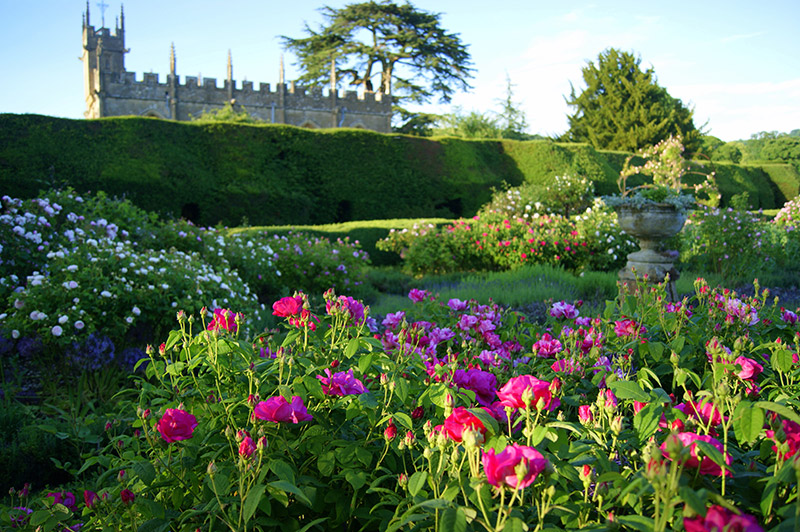
Low-level mazes in which gentry took exercise became favourite features in Tudor times, as did knot gardens that took the over and under of threads in needlework patterns outdoors. A re-creation at Sudeley Castle in Gloucestershire is based on a pattern on a dress worn by Queen Elizabeth I.
Elizabethan age
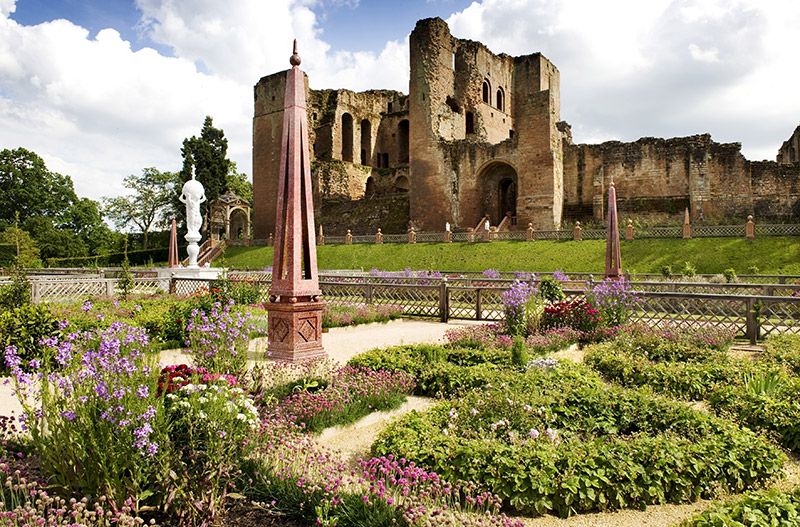
At Warwickshire’s Kenilworth Castle, Robert Dudley, Earl of Leicester, tried to woo the Virgin Queen with his building and garden skills. Sadly for Dudley, Elizabeth refused to marry him, but visitors today can enjoy his vision, reconstructed from records.
Jacobean times
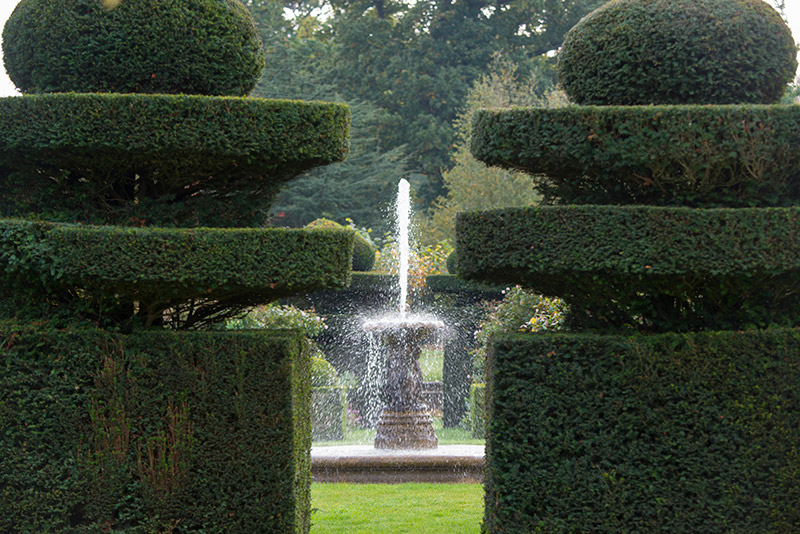
The Jacobeans were influenced by sophisticated French tastes. The gardens of this time also include quirky clues to the economic and social situation. A mulberry tree on the corner of the West Garden at the Marquess of Salisbury’s Hatfield House in Hertfordshire is a reminder of King James I’s encouragement to grow mulberries in the hope of establishing an English silk industry; efforts failed because black mulberries rather than white – preferred by silkworms – were planted.
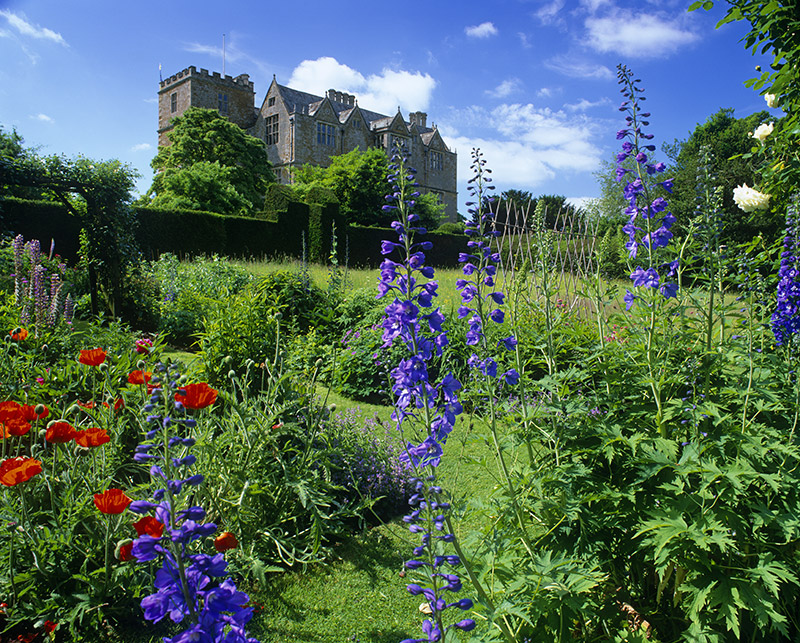
At Oxfordshire’s Chastleton House and Garden, visitors can find a ‘Boscobel Oak’, which was allegedly grown from an acorn taken from the tree in which King Charles II hid when fleeing Oliver Cromwell’s troops in 1651.
Glorious Revolution
The parterre at Westbury Court Garden, Gloucestershire. Credit: National Trust/James Dobson
Over in Gloucestershire, Westbury Court Garden is the ultimate Dutch-style water garden with canals, clipped hedges and ornate buildings.
The 18th century
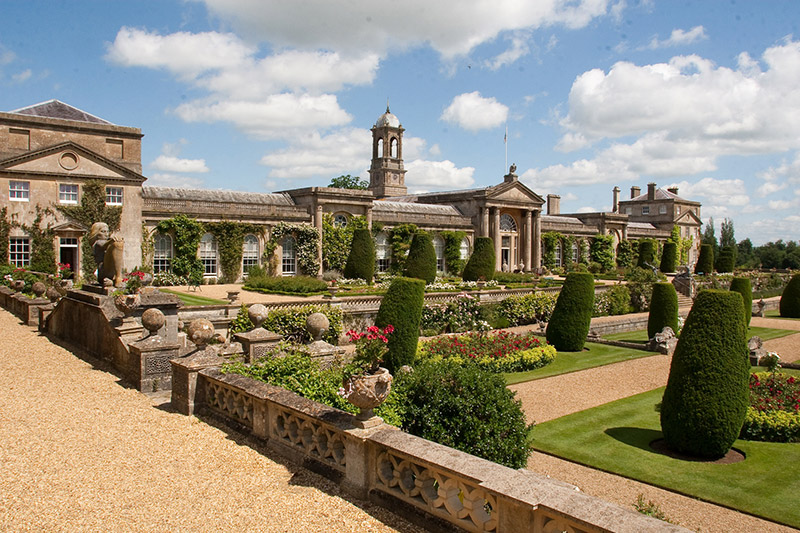
Lancelot ‘Capability’ Brown developed landscape gardening on an epic scale in the 18th century: obliterating the formal work of earlier generations, moving hills, damming waterways and planting trees by the thousand.
Victorian style

The Rothschild family championed a flamboyant style of gardening at Waddesdon Manor in Buckinghamshire.
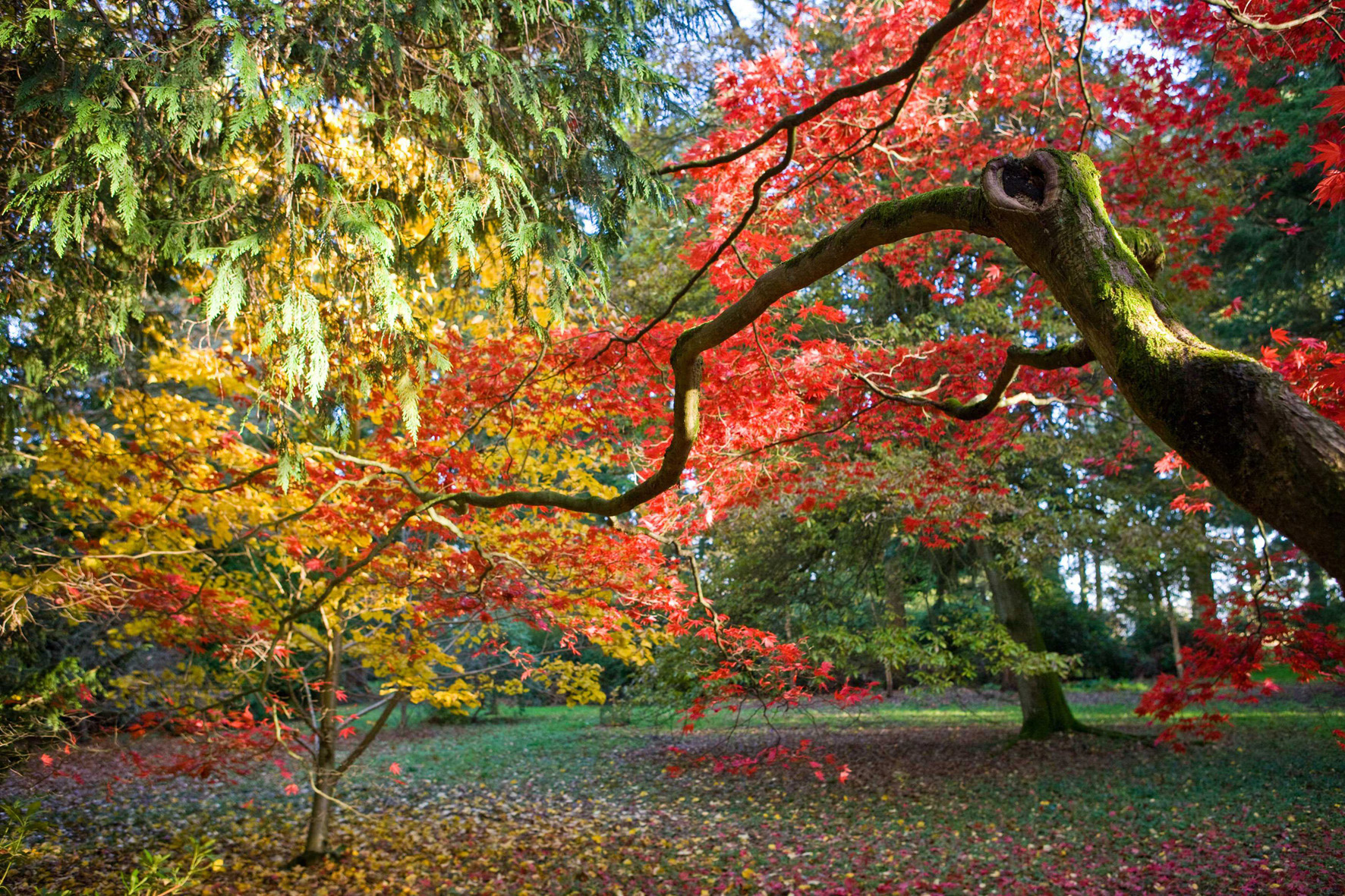
Exotic tree collections such as Westonbirt, The National Arboretum also began to spring up.
Arts and Crafts movement
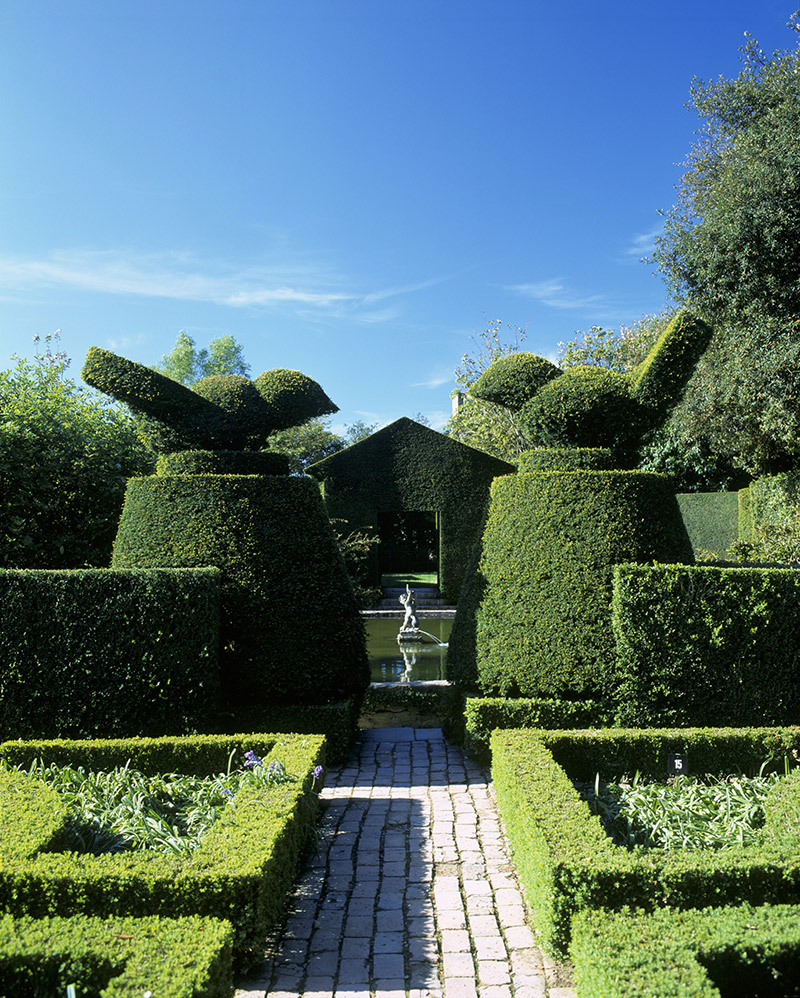
The gardens at Hidcote Manor in Gloucestershire demonstrate the idea of individually styled outdoor rooms. They were created from 1907 by the American horticulturist, Lawrence Johnston.
Eco-friendly 21st century
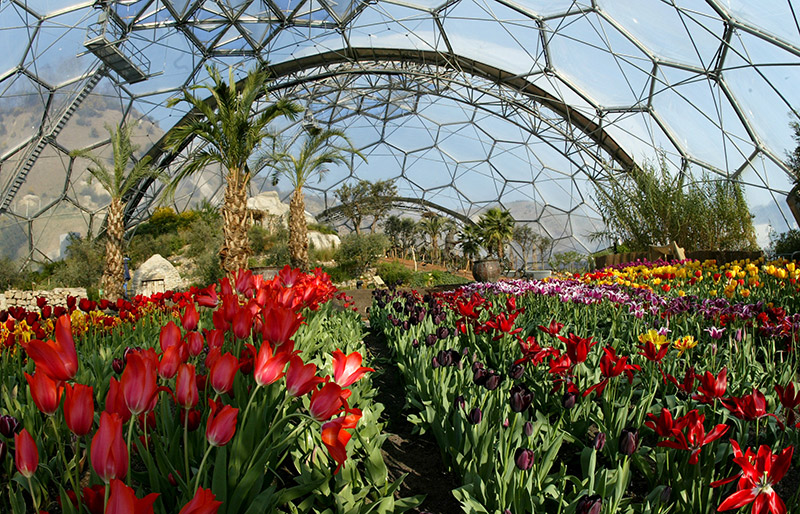
The Eden Project opened in Cornwall in 2001 and demonstrates today’s passion for ecology. There are 1,000 plant species growing in the giant Rainforest Biome.


